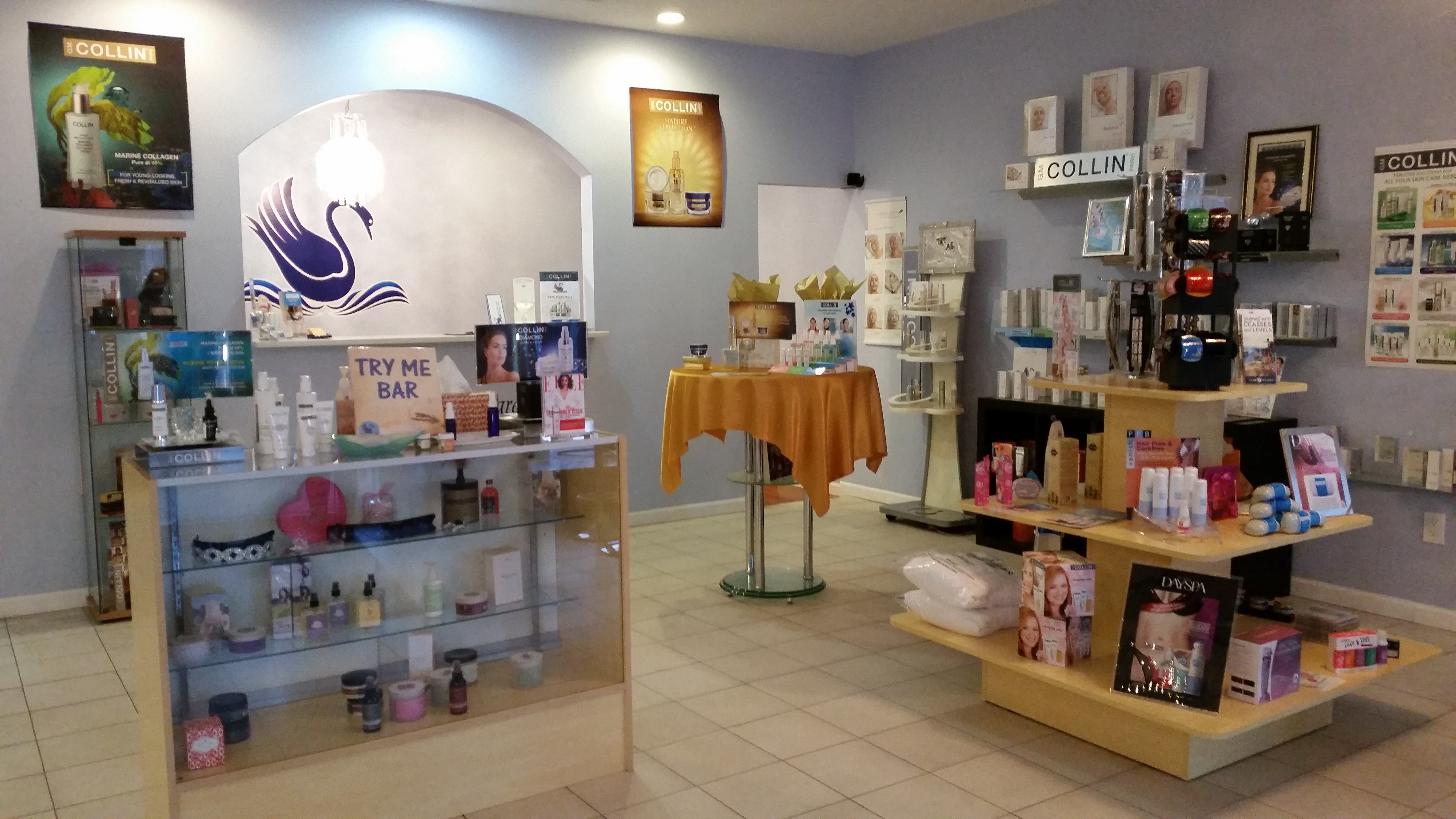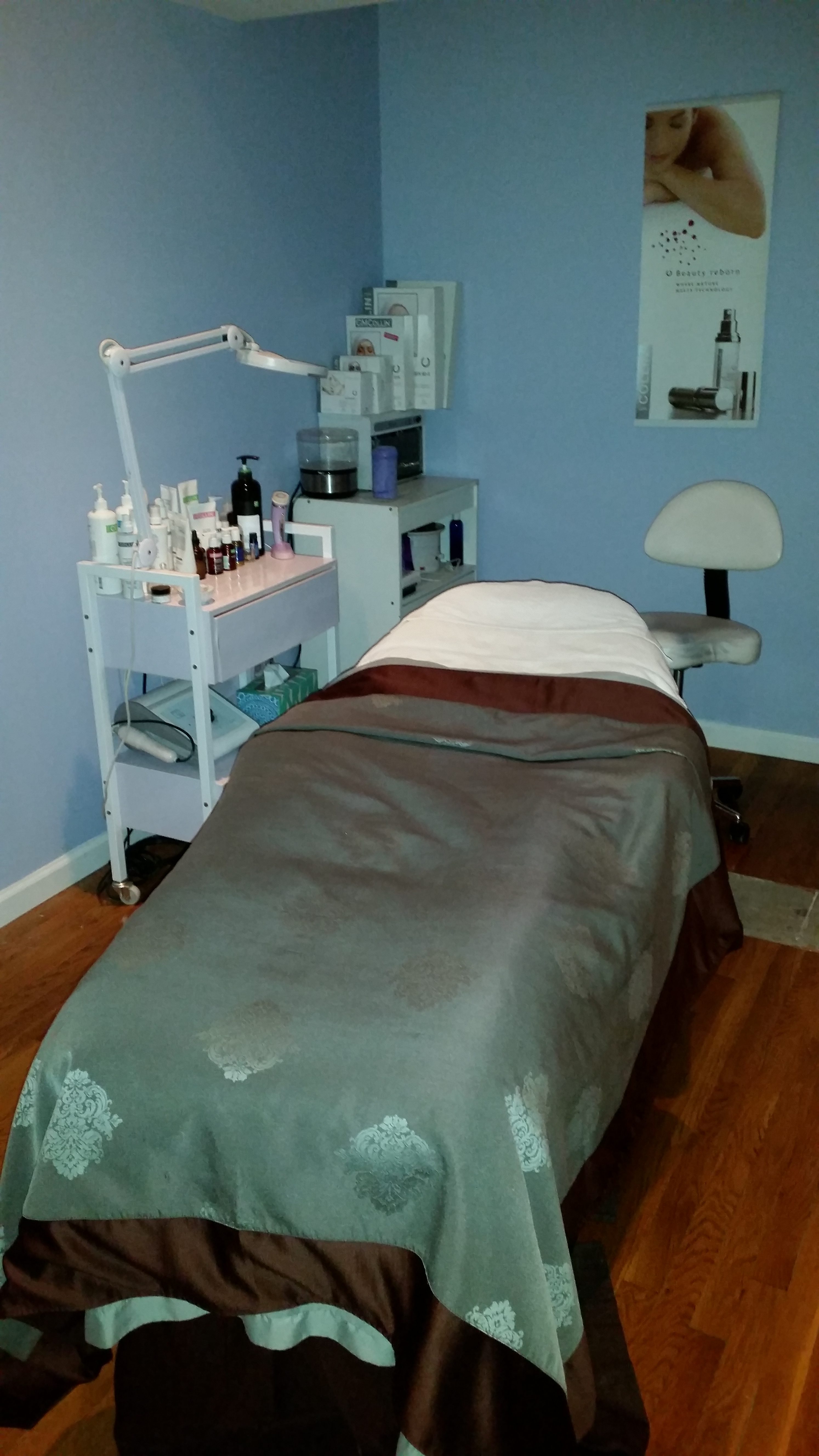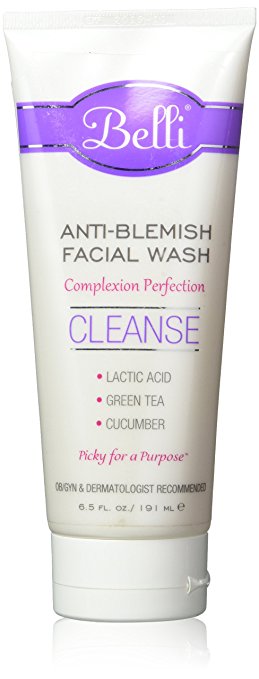Undeniably, most people work hard towards keeping their skin soft, smooth, and young. Sunscreens, moisturizers, and other cosmetic products are the more popular utilities that we use. Skin care regimens that focus on exfoliating, cleansing, and hydrating the face and neck are greatly encouraged. As much as these skin care efforts help fight effects of being exposed to the elements and aging, at times they are just not enough. The texture, color, and quality of your skin can be compromised by our daily lifestyle habits such as drinking and smoking which take their toll over time.
Whether you have been dutifully taking care of your skin or not, being perpetually exposed to the sun’s rays, and other elements might cause your skin to develop wrinkles in addition to appearing dried out. Laser resurfacing treatments are an excellent option towards rejuvenating your skin, improving minor facial flaws, and restoring a youthful, healthy complexion.
What is Laser Skin Resurfacing?
Also referred to as laser vaporization, lasabration, or laser peel, it is a cosmetic procedure that helps to reduce the effects of sunlight exposure, aging, some facial skin conditions, and rejuvenate the skin. Additionally, laser skin treatments are convenient, practical, and safe while being relatively cost-friendly as compared to other skin treatment options. The latest laser resurfacing procedures offer your cosmetic surgeon an enhanced level of control which allows extreme precision, particularly when treating delicate and sensitive areas.
Areas that Laser Skin Resurfacing Improves
- Scars from chickenpox or acne
- Wrinkles and fine lines under or around your forehead, eyes, and mouth
- Sun-damaged and aged skin
- Non-responsive areas after a facelift
- Warts
- Liver spots
- Enlarged oil glands on the nose
- Birthmarks
How Laser Skin Resurfacing Works
The technique uses high-frequency beams of light known as lasers. The cosmetic surgeon directs the short, concentrated beams in pulses at the affected area. They remove damaged, unwanted skin precisely layer by layer. During the procedure, the laser beam dissolves molecular bonds between the cells of the damaged skin one layer at a time until a smooth, and more uniform skin is realized. While the laser is removing your outer skin layer (epidermis), it is also simultaneously heating up your underlying layer (dermis). The action stimulates the growth of new collagen fibers (proteins responsible for your skin’s firmness and elasticity). Thus, the treated area heals to a new skin which is firmer and smoother. Laser resurfacing can also be called laser rejuvenation due to its anti-aging rewards.
The targeted approach employed by laser resurfacing implies that there will be little to none hypopigmentation issues (lightening of the skin) when undergoing treatment for acne or scar removal.
Who Stands to Benefit from Laser Resurfacing?
For some people, laser resurfacing treatments perform an excellent task at removing the appearance of wrinkles and lines, irregular skin pigmentation, and scars. However, individuals with some specific skin tones, skin types, and medical disorders might be prone to developing unpleasant side effects. As such, in some cases, laser treatments may, in fact, worsen a person’s facial appearance. It is, therefore, a good rule to consult your dermatologist before seeking laser skin resurfacing treatments.
Ideally, the person who benefits most from laser surgery is one who has a non-oily and elastic skin which is not at risk of scarring after a minor injury. Additionally, it is recommended that this procedure is done only to individuals who are free from any medical considerations, including existing health conditions and prescription medication that might cause unwarranted risks during treatment or when recovering. Nevertheless, here are some characteristics of the ideal laser resurfacing treatment candidate:
- Lighter skin tone
The CO2 lasers used traditionally had the tendency of creating problems for darker-skinned people. The CO2 typically works by removing all the color from the skin thus there is no guarantee that a dark-skinned person’s skin will even out completely after the treatment. This might result in discoloration. Even though fair-skinned individuals may also be susceptible to discoloration, people with darker skin tones are at a higher risk. You, therefore, need to let your doctor assess your risk level based on your skin tone.
- Your problem spots are not too deep
Whether you are looking to clear acne scarring, wrinkles, dark spots, or warts, laser resurfacing is only effective if these issues are near the skin’s surface. Lasers usually work on the upper skin layers thus deep scars or discoloration might be beyond the lasers’ reach.
- The problem is on your face
Lasers are typically used only on the face because it has a healthy amount of sebaceous glands. Other body parts may not contain enough of these glands, and you might likely get burnt.
- You don’t have a sagging skin
Laser skin resurfacing does indeed help to tighten the skin; but only to some extent. However, these techniques can do little to minimize a loose sagging skin. For a skin which is sagging in the jowls, your cosmetic surgeon might recommend a facelift to enhance your look.
- You are not prone to acne flare-ups
Laser resurfacing is quite effective at smoothing out acne scars. However, the treatment has been known to intensify acne flare-ups after the procedure. Hence, if you have an active acne condition, you might need to reconsider this treatment.
- You are not prone to cold sores
Laser skin resurfacing treatments have a history of making individuals more susceptible to cold sores immediately after the operation. If you are an individual that contracts cold sores regularly, your GP might prescribe antiviral medicine to use before your treatment, to assist in minimizing complications that may arise from the cold sore.
If you possess minor flaws in your skin that affect its quality, you can benefit a lot from laser skin resurfacing treatments. You do not have to live with wrinkles, spots, and scars. Rather, rejuvenate your skin for a youthful, healthy appearance.
If you are considering laser resurfacing in Wisconsin, talk to an experienced doctor or cosmetic surgeon about your particular needs and the options that are available for you. Laser skin resurfacing is a risky procedure and therefore needs to be done by a skilled plastic surgeon who will give you the best results while minimizing the risks. Dr. Joseph W. Rucker, Jr. is a renowned plastic surgeon board-certified by the American Society of Plastic and Reconstructive Surgeons. Dr. Rucker is located in Eau Claire, WI. Book your consultation now to find out if laser skin resurfacing is for you.



















